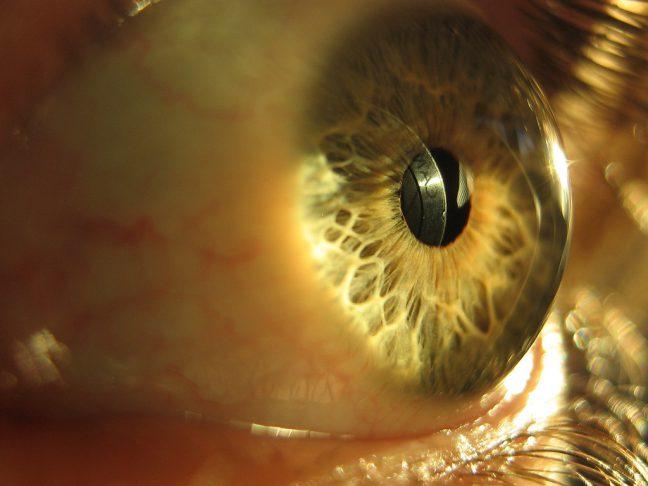A team of John Hopkins University and University of Wisconsin researchers were one of six groups awarded a total of $12.4 million over three years of research to develop an effective way to reverse blindness.
Dr. David Gamm, a UW associate professor of ophthalmology and Dr. Donald Zack, a professor of ophthalmology at John Hopkins University, submitted a joint application to the National Eye Institute Audacious Goals Initiative last January.
A large percentage of vision loss occurs when rods and cones — the photoreceptors of the eye — die or diminish. The body has had no natural ability to replace those lost cells.
“Once they’re gone, they’re gone,” Gamm said. “Sort of like the neurons in your brain and your spinal cord. If they die, there’s no way your body can replace them.”
But Gamm, who will lead the research project here at UW, said his laboratory was one of the first to develop a method to create all the spare parts necessary to recreate the retina as well as the rods and cones.
Gamm said the challenge now is no longer developing those replacement cells, but getting them to sync up and form synapses with existing cells in the retina to form communication and send signals, and therefore transmit light and images to the brain.
“As of right now, the approaches are just ‘place the cells there, and let them do it themselves’. But that’s inefficient,” Gamm said. “What this grant is all about is trying to find ways to coerce the cells to do it in a more meaningful and efficient fashion as opposed to just letting it be chance.”
To help the photoreceptor cells form those synapses with existing cells in the retina, researchers are looking for a drug or compound that will serve as a catalyst to promote their formation.
That’s where John Hopkins University comes in. Gamm said John Hopkins University has the robotic testing capability to test several thousand drug compounds at once, something it would take manual testing a century to complete.
Once Zack and his team of researchers at John Hopkins identify compounds that show promise, which Gamm said could be in the hundreds, those compounds will be manually tested in Wisconsin to confirm whether they have the appropriate properties to spur synapses between cells and ultimately benefit patients.
While Gamm, who is also a practicing M.D., said he and the other researchers are working as rapidly as possible toward a human clinical trial, he emphasized that they want to balance speed with safety.
“I’m a surgeon here, so these are patients that I see in my clinic,” Gamm said. “For them, yesterday isn’t soon enough … [But] we have to make sure that we aren’t rushing too quickly and posing dangers to patients or doing things that we don’t think have a really good chance of ultimately helping patients.”
Correction: A previous version of this article incorrectly stated the University of Wisconsin was to receive $12.4 million for its research. The university, in conjunction with John Hopkins University, is one of six teams to receive part of $12.4 million for research. The Badger Herald regrets this error.













